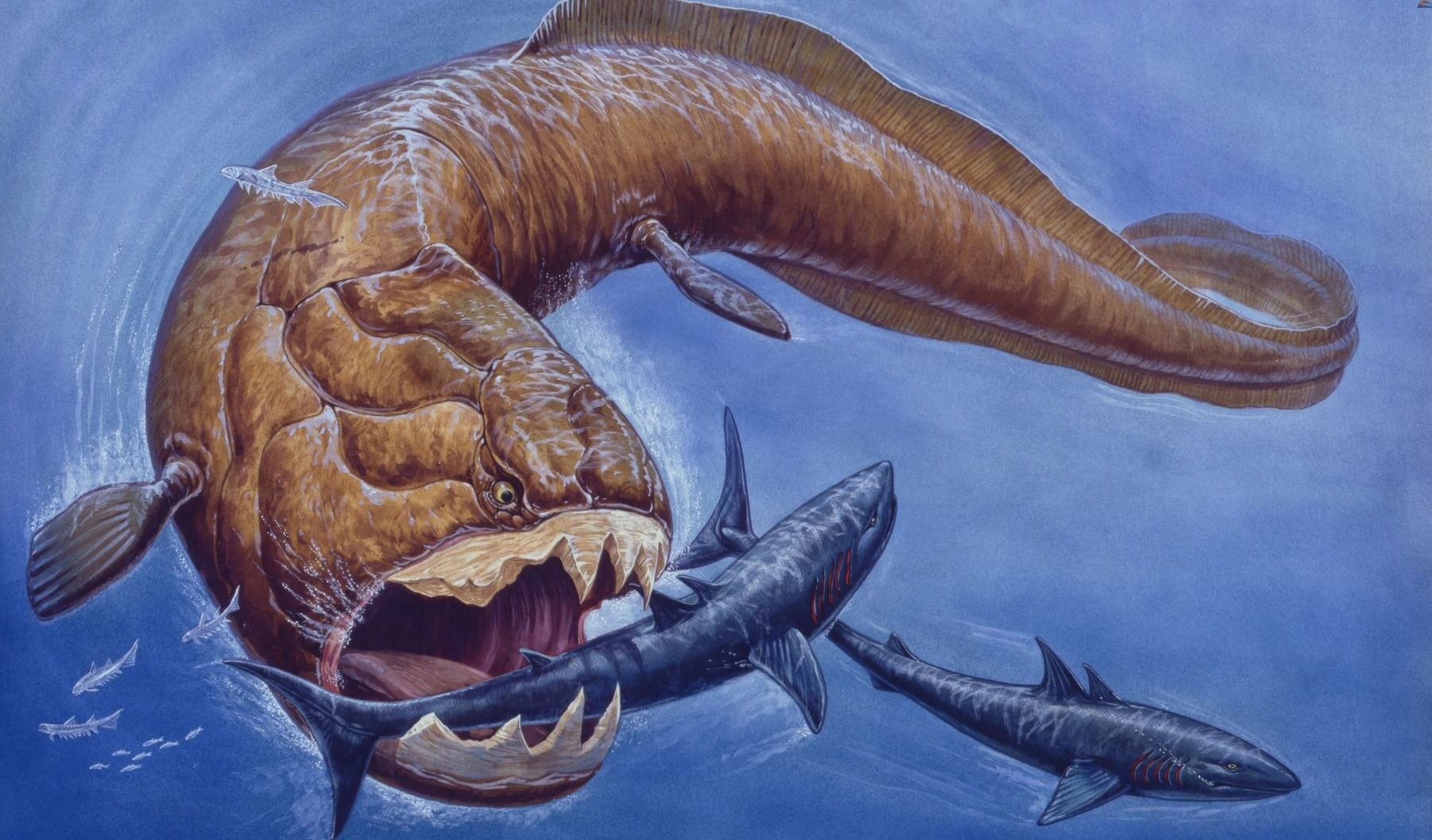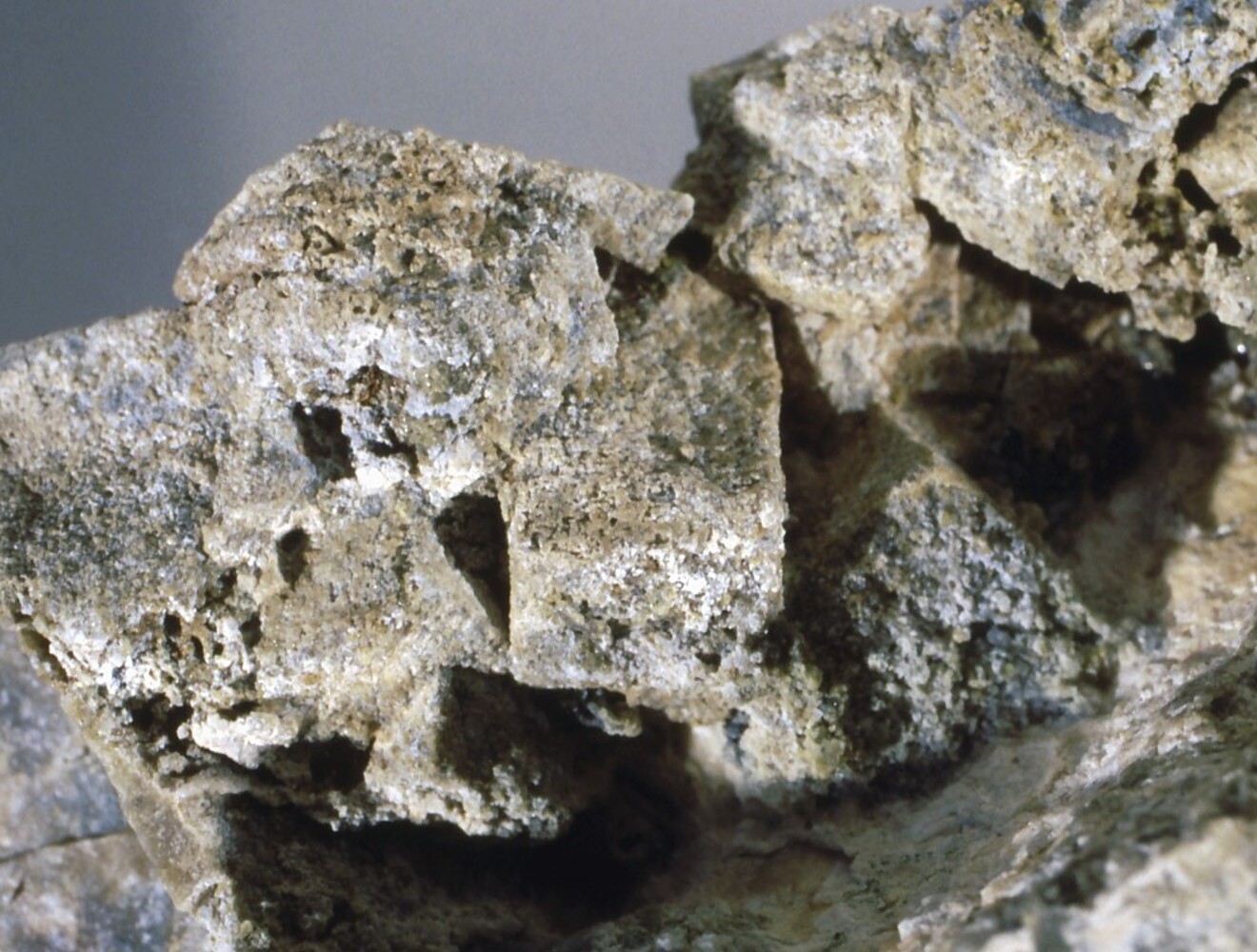
Ever wondered about the mysterious world of extinct animals? These creatures once roamed the Earth, leaving behind fascinating stories and lessons. From the mighty Tyrannosaurus rex to the gentle dodo, each extinct species has a unique tale. Why did they vanish? Was it climate change, human activity, or natural disasters? In this blog post, we'll explore 35 intriguing facts about these lost species. You'll learn about their habitats, behaviors, and the reasons behind their extinction. Get ready to dive into a world where mammoths walked the tundra and saber-toothed cats prowled the forests. Let's uncover the secrets of these ancient beings and understand their place in Earth's history.
Key Takeaways:
- Extinct animals, from dinosaurs to giant insects, once roamed the Earth, leaving behind fascinating stories. Their unique adaptations and behaviors continue to captivate our imagination.
- The diversity and adaptations of extinct animals, from massive dinosaurs to bizarre invertebrates, showcase the incredible history of life on Earth. Their legacy leaves us in awe of the natural world.
Extinct Animals: A Glimpse into the Past
Extinct animals once roamed the Earth, leaving behind fascinating stories. These creatures, now gone, continue to captivate our imagination. Let's dive into some intriguing facts about these lost species.
Dinosaurs: The Giants of Prehistory
Dinosaurs dominated the Earth for millions of years. Their extinction remains one of the greatest mysteries.
- Tyrannosaurus Rex had teeth up to 12 inches long, perfect for crushing bones.
- Velociraptors were only about the size of a turkey, much smaller than depicted in movies.
- Stegosaurus had a brain the size of a walnut, despite its massive body.
- Triceratops had three horns and a large bony frill, likely used for defense and display.
- Brachiosaurus stood over 40 feet tall, making it one of the tallest dinosaurs.
Ice Age Behemoths
The Ice Age brought forth some of the most impressive mammals ever to exist. These creatures adapted to the cold but eventually vanished.
- Woolly Mammoths had long, curved tusks that could reach up to 15 feet.
- Saber-toothed Tigers had canine teeth up to 7 inches long, ideal for hunting large prey.
- Giant Ground Sloths could grow up to 20 feet in length, towering over modern sloths.
- Mastodons were similar to mammoths but had shorter, straighter tusks.
- Irish Elk had antlers spanning up to 12 feet, the largest of any known deer species.
Ocean Giants and Oddities
The oceans once teemed with bizarre and gigantic creatures. These marine animals have left behind a legacy of wonder.
- Megalodon was a massive shark, growing up to 60 feet long, dwarfing the modern great white shark.
- Dunkleosteus was an armored fish with a powerful bite, living over 350 million years ago.
- Plesiosaurs had long necks and flippers, resembling the mythical Loch Ness Monster.
- Ichthyosaurs looked like modern dolphins but were reptiles, not mammals.
- Ammonites were shelled cephalopods, related to modern squids and octopuses.
Birds That Once Ruled the Skies
Some extinct birds were true marvels of the avian world. Their unique adaptations and appearances make them unforgettable.
- Dodo Birds were flightless and lived on the island of Mauritius, becoming extinct in the 17th century.
- Passenger Pigeons once numbered in the billions in North America but were hunted to extinction by the early 20th century.
- Great Auks were large, flightless birds that lived in the North Atlantic, resembling modern penguins.
- Moa Birds from New Zealand could reach up to 12 feet in height, making them some of the tallest birds ever.
- Haast's Eagles were the largest eagles known, preying on the giant Moa birds.
Unique Mammals Lost to Time
Many unique mammals have vanished, leaving behind only fossils and stories. These creatures had fascinating adaptations and behaviors.
- Thylacines, or Tasmanian Tigers, were marsupials with dog-like appearances, extinct by the 20th century.
- Quaggas were a subspecies of zebras with stripes only on the front half of their bodies.
- Steller's Sea Cows were massive marine mammals related to manatees, hunted to extinction in the 18th century.
- Aurochs were large wild cattle, ancestors of modern domestic cows.
- Diprotodon was the largest marsupial ever, resembling a giant wombat.
Reptiles and Amphibians of the Past
Reptiles and amphibians have a long history, with many fascinating species now extinct. Their diversity and adaptations were remarkable.
- Glyptodon was a giant armadillo-like creature with a protective shell, living in South America.
- Beelzebufo, or the "Devil Frog," was a massive prehistoric frog from Madagascar.
- Megalania was a giant monitor lizard, roaming Australia during the Pleistocene epoch.
- Pterosaurs were flying reptiles, not dinosaurs, with wingspans reaching over 30 feet.
- Archelon was a giant sea turtle, with a shell over 13 feet long.
Insects and Other Invertebrates
Insects and other invertebrates have also seen many species come and go. These small creatures played significant roles in their ecosystems.
- Meganeura was a giant dragonfly-like insect with a wingspan of over 2 feet.
- Hallucigenia was a bizarre worm-like creature with spines, living over 500 million years ago.
- Trilobites were ancient marine arthropods, thriving for over 270 million years.
- Opabinia had five eyes and a long, clawed proboscis, living during the Cambrian period.
- Anomalocaris was a large, predatory arthropod, one of the earliest known apex predators.
The Final Roar
Extinct animals offer a fascinating glimpse into our planet's past. From the mighty Tyrannosaurus rex to the gentle dodo, these creatures once roamed Earth, leaving behind clues about their lives. Learning about them helps us understand evolution, environmental changes, and the impact humans have on nature. It’s a reminder of the delicate balance required to sustain life.
By studying these vanished species, we gain insights into conservation efforts needed today. Protecting endangered animals and their habitats becomes more urgent when we realize what’s already been lost. Each extinct animal tells a story of survival, adaptation, and, ultimately, disappearance.
So, next time you hear about a woolly mammoth or a saber-toothed tiger, remember their legacy. Let’s use this knowledge to protect the incredible diversity of life still present on our planet. After all, every species matters.
Frequently Asked Questions
Was this page helpful?
Our commitment to delivering trustworthy and engaging content is at the heart of what we do. Each fact on our site is contributed by real users like you, bringing a wealth of diverse insights and information. To ensure the highest standards of accuracy and reliability, our dedicated editors meticulously review each submission. This process guarantees that the facts we share are not only fascinating but also credible. Trust in our commitment to quality and authenticity as you explore and learn with us.


